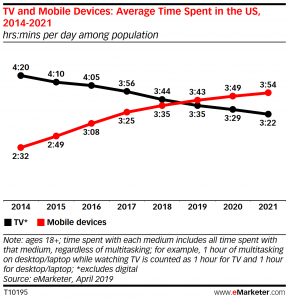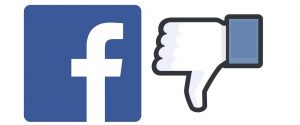
Artificial intelligence (AI) is taking the world by storm. From classrooms, healthcare offices, business boardrooms and social media (need help with writing that post?), AI is a tsunami that is not going away. It’s exhilarating, intriguing and to be honest, a little frightening.
In some ways I am reminded of reading when nuclear energy was being developed. It was exciting to think of a source of clean and cheap energy to replace coal-burning power plants, but then there’s that little thing about it also being made into a bomb that can level an entire city.
I don’t want to take anything away from AI and don’t want to compare it to a weapon of mass destruction, but I do have a fear that, more and more, we are taking away what it means to be human. Let’s start with the name Artificial Intelligence.
Merriam-Webster defines Artificial Intelligence as “the capability of computer systems or algorithms to imitate intelligent human behavior” (this definition takes into assumption that there is intelligent human behavior which may be just a bit of a stretch). Intelligence is the ability to learn, reason, solve problems and adapt to new situations, which is all very good, but then how is it used?
While the potential seems great, not everyone is enamored with AI.
“In a nutshell, the ease of creating digital art, whether using primitive tools like MS Paint or even artificial intelligence (AI) prompts, has cluttered the NFT art field with a lot of junk.”
—Zain Jaffer, Rolling Stone
“This indiscriminate use of AI for mass communication simultaneously dilutes the quality of pitches and strains the relationship between PR professionals and the journalists, who now face an overwhelming amount of low-quality outreach.”
—PRNews.Com
The takeaway for many is that more is not always better, especially when it is spit out by a computer.
AI will allow us to create content faster and cheaper, but is it better? The jury is still out.










